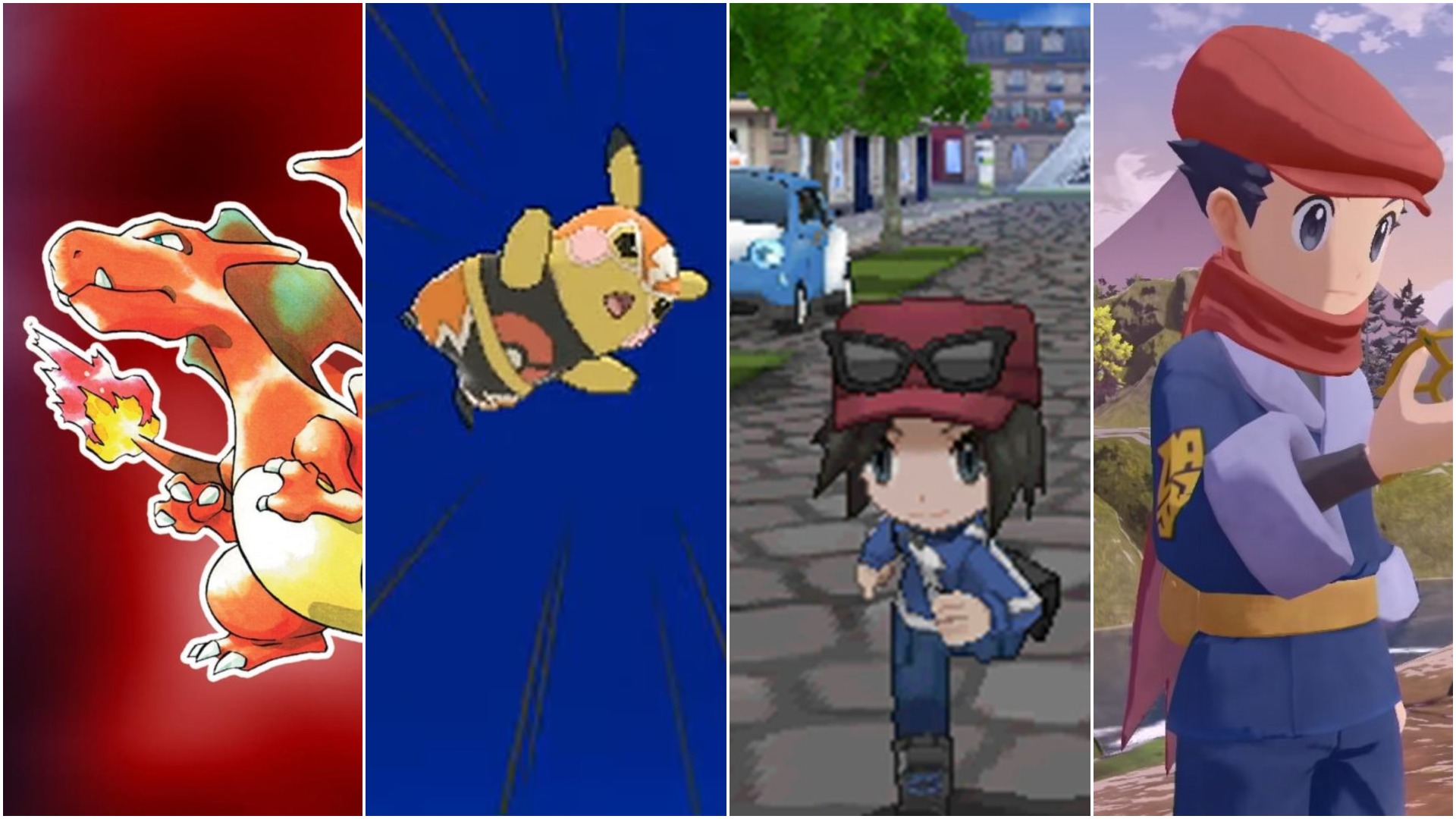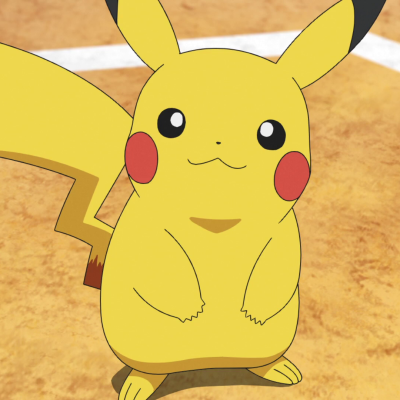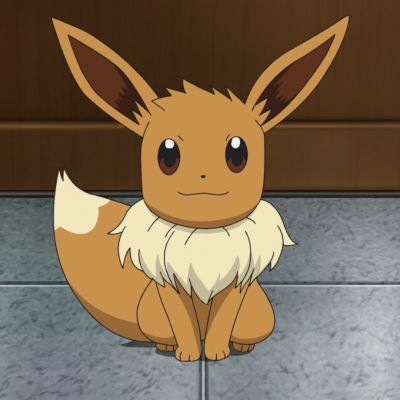Few franchises have dominated the gaming and pop culture landscape like Pokémon. For more than two decades and eight generations, gamers have continued to flock to the series in the endless quest to catch ‘em all. And that’s no small task now either, with the total number of Pokémon now at nearly 900.
But as with any long-running series, Pokémon has had its ups and downs. Some titles are all-time classics, while others are the equivalent of Magikarp. Your personal favorite may come down to nostalgia, but time and experience make it easier to see which games in this franchise really set themselves apart.
Whether you’re new to Pokémon or have been playing since Red and Blue on the Game Boy, this is the definitive ranking of the mainline Pokémon games.
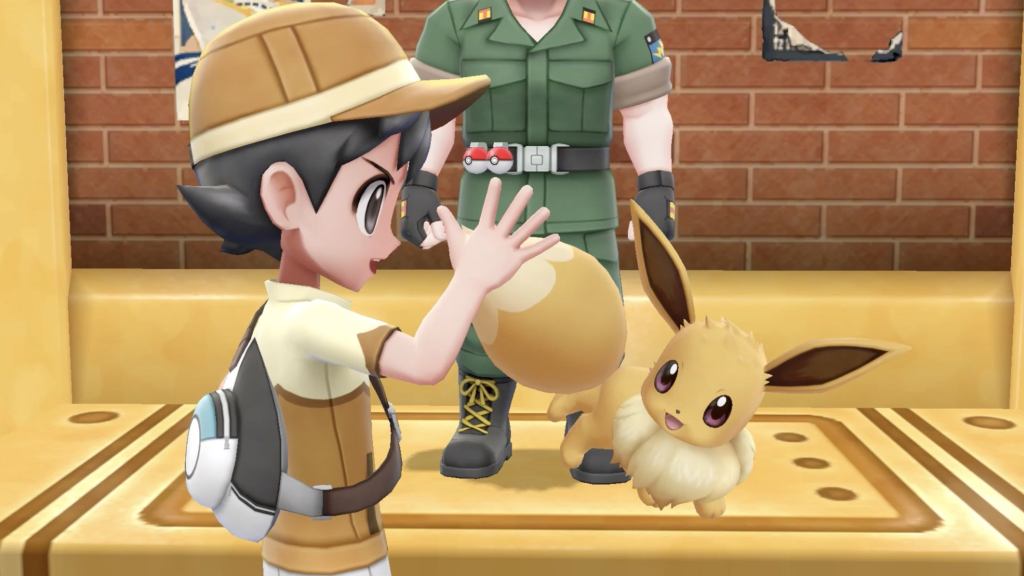
14. Pokémon Let’s Go Pikachu!/Let’s Go Eevee!
The original Pokémon games were arguably due for another remake (the first remake was released for the Game Boy Advance after all), but the Let’s Go games never quite match the spirit of the originals. Yeah, they look a lot better, and the addition of mega-evolutions are nice, but whether you’re using the Joy-Cons or PokeBall Plus, the motion controls just feel gimmicky. Plus, the game’s difficulty is on the ridiculously easy side despite the original games not even being that difficult to begin with.
It’s not that Let’s Go Pikachu! and Let’s Go Eevee! are terrible games. They’re not. It’s just that there are still much better ways to experience these titles.
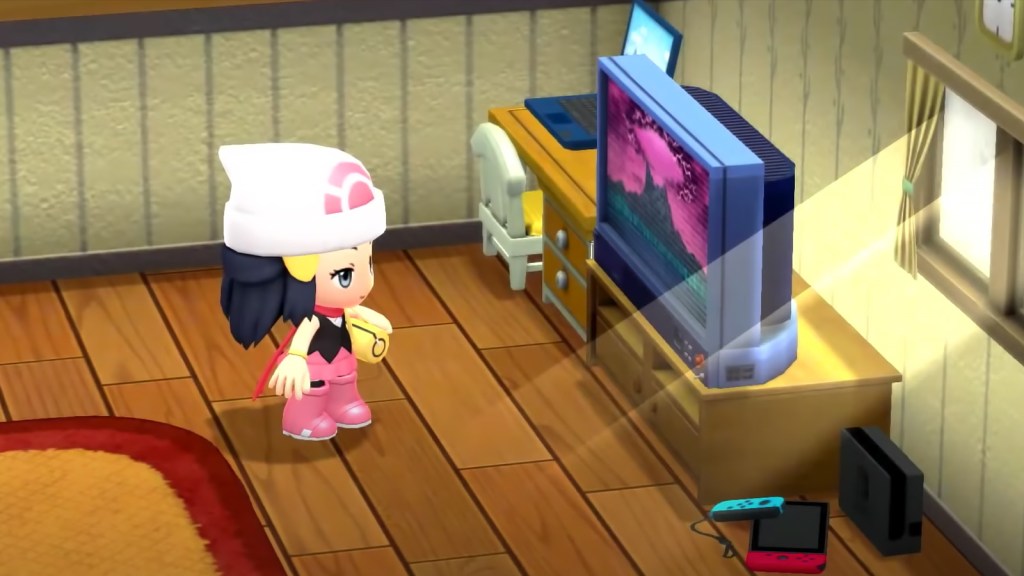
13. Pokémon Brilliant Diamond and Shining Pearl
Diamond and Pearl are widely considered to be among the very best games in the Pokémon franchise, but the recent remakes have been divisive, to say the least. The issue is that Brilliant Diamond and Shining Pearl are almost too close to the originals, and the few big changes don’t really add enough to justify a return trip to Sinnoh for most gamers.
The chibi art style is certainly more modern, and it runs well on the aging Switch hardware, but it’s arguably just not as appealing as the original 2D artwork. There are a couple of new areas to explore, but the new EXP share, which cuts down on grinding, also breaks the game to the point that it’s a breeze to get through the main story. For most gamers, the original titles remain superior if you have access to them.
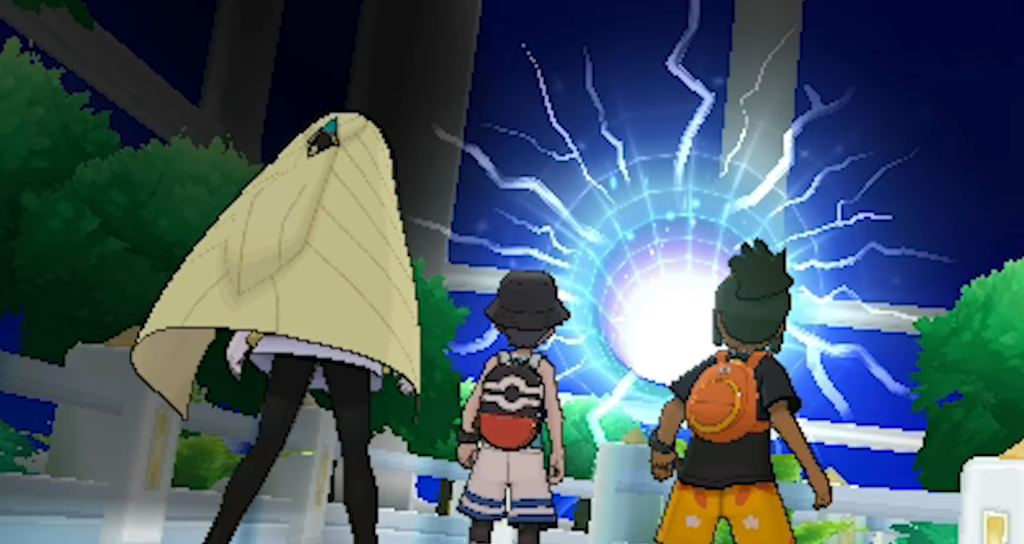
12. Pokémon Sun and Moon/Ultra Sun and Ultra Moon
Change isn’t always a good thing. For instance, Sun and Moon tweaked a lot of the traditional Pokémon formula, with decidedly mixed results. Alola, the new location heavily inspired by Hawaii, is absolutely gorgeous, and the trials, which require battling powered-up Pokémon, are a nice change of pace from the usual gym battles, but even though Pokémon is the one RPG that people don’t really play for its story, Sun and Moon’s story just drags on with no real purpose.
Even the Ultra follow-ups released a year later don’t do much to fix the issues with the original games, and even double down on one of its biggest issues by featuring an even longer story. Add in some rather tepid new Pokemon designs, and you have one of the weaker entries in the series.
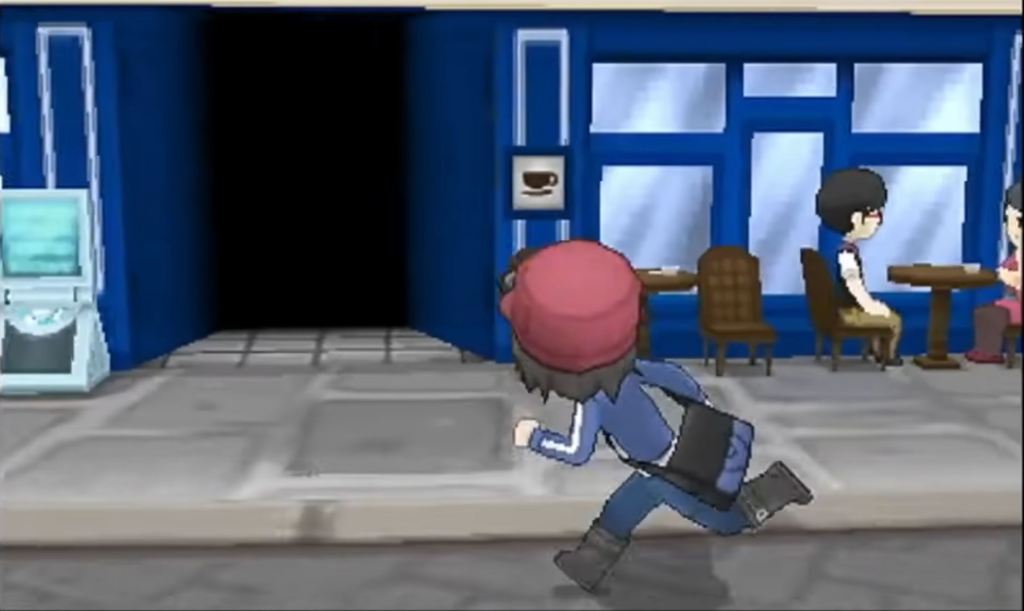
11. Pokémon X and Y
Pokémon X and Y were well received at release, but opinion has somewhat soured on them in recent years. There is certainly a lot to like here, though. The transition to full 3D is still gorgeous, even if you only get the full effect of the 3DS hardware during battles and cutscenes, Mega Evolutions are similarly impressive, and the introduction of fairy Pokémon offered a nice solution to the then-dominant dragon type.
But the biggest issue with X and Y is simply lack of content. Even by Pokémon standards, it’s an especially easy entry in the series, and there’s little post-game content to speak of. While it might have been great for its time, it’s just not an entry that many trainers are going back to now.
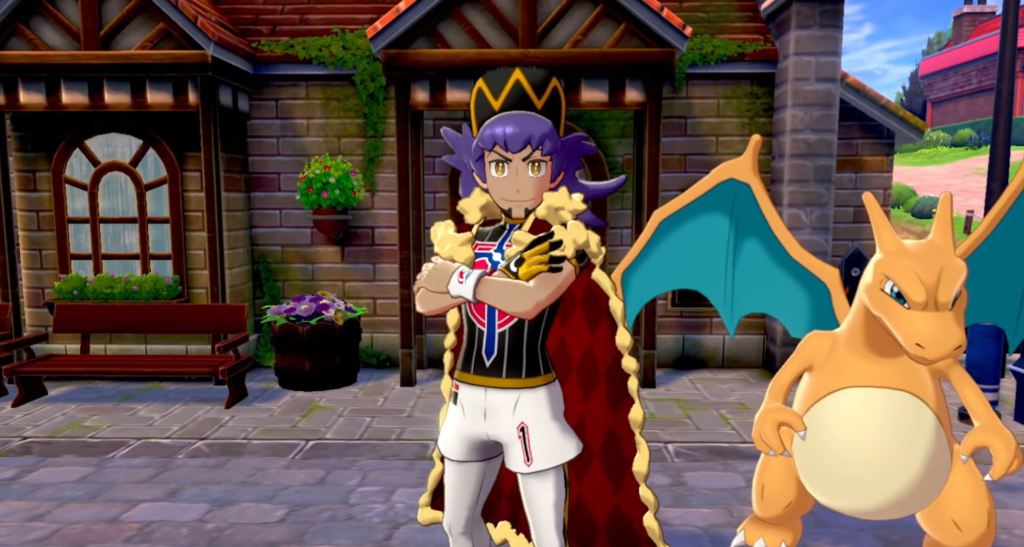
10. Pokémon Sword and Shield
Since the inception of the series, Pokémon clamored for a mainline entry they could play on the big screen at home. As much as Game Freak always resisted the idea, the Nintendo Switch ultimately dragged Pokémon into the living room kicking and screaming. The final result was a solid entry in the series. Galar is a very cool region inspired by the UK, and the open-world area is everything Poké fans ever dreamed of.
However, there’s one big issue that has always irked long-time fans: Sword and Shield are the first games in the franchise that don’t contain every single Pokémon up to that point. Some of those missing creatures were added to the game in the expansion pass, but that fact alone holds back an otherwise excellent release.
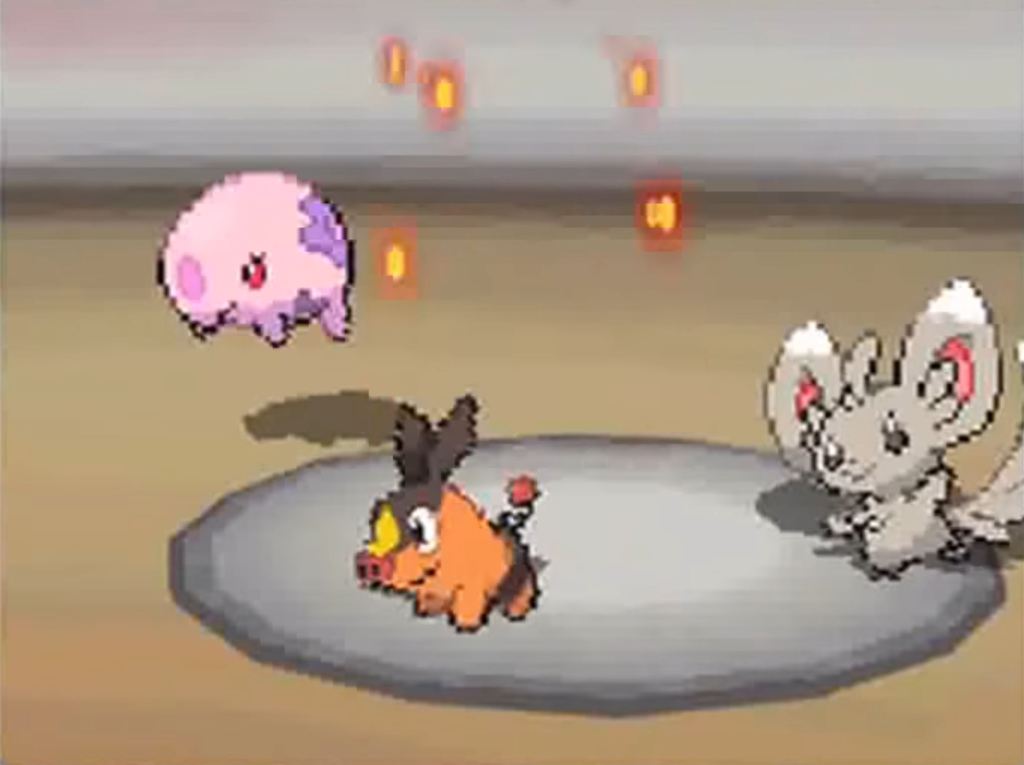
9. Pokémon Black and White/Pokémon Black 2 and White 2
Black and White are simply the most refined 2D versions of Pokémon before the series started to make more significant leaps into the third dimension on the 3DS and Switch. Unova, a region based on New York City, was a genuinely different and enjoyable world to explore. Changing seasons that made certain Pokémon catchable only at certain times of the year, and the addition of triple battles added even more depth to the gameplay (and weren’t game-breaking like some later changes).
While the direct sequels to this game (the only in the series to date) are full-fledged new games and not slight upgrades as is typical of the series, they don’t do too much to differentiate themselves. Still, taken together, playing through Black and White and its sequels makes for one of the most epic Pokémon experiences around.
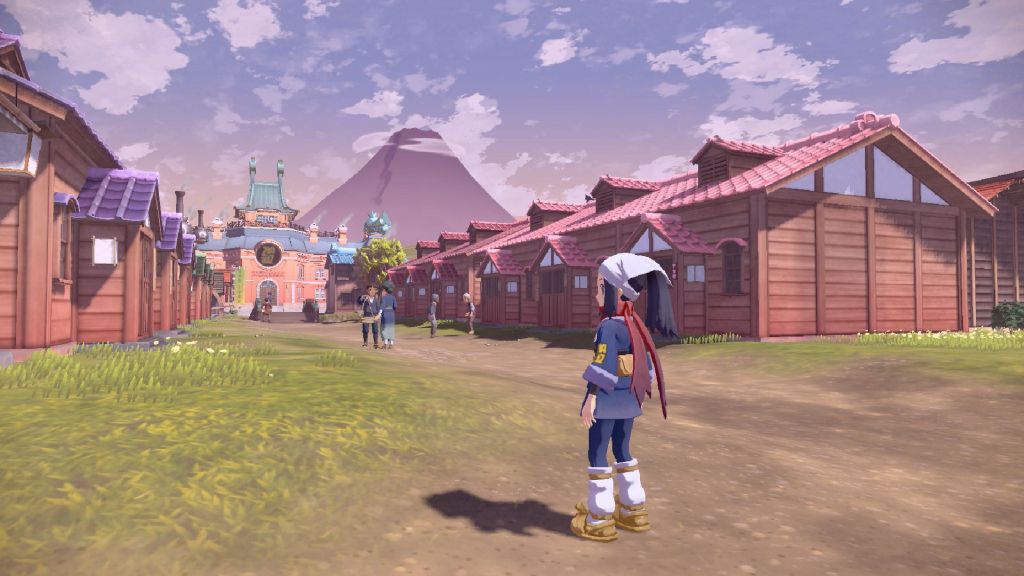
8. Pokémon Legends: Arceus
Arceus, the most recent release in the storied Pokémon franchise, is the closest thing we’ve seen to a complete reboot. Gyms, random battles, and the Elite Four are nowhere to be found. In their stead is a lush pseudo-open world set in Sinnoh’s distant past, and a revamped battle system incorporating real-time movement. Pokémon now actually looks and feels closer to how you always imagined those battles played out back in the Game Boy days.
That’s not to say Arceus is perfect, though. The game can drag on at times, and the requirement to catch every Pokémon to see the game’s true ending gets tiresome, but Arceus once again has gamers excited about where the franchise could go next.
Read more
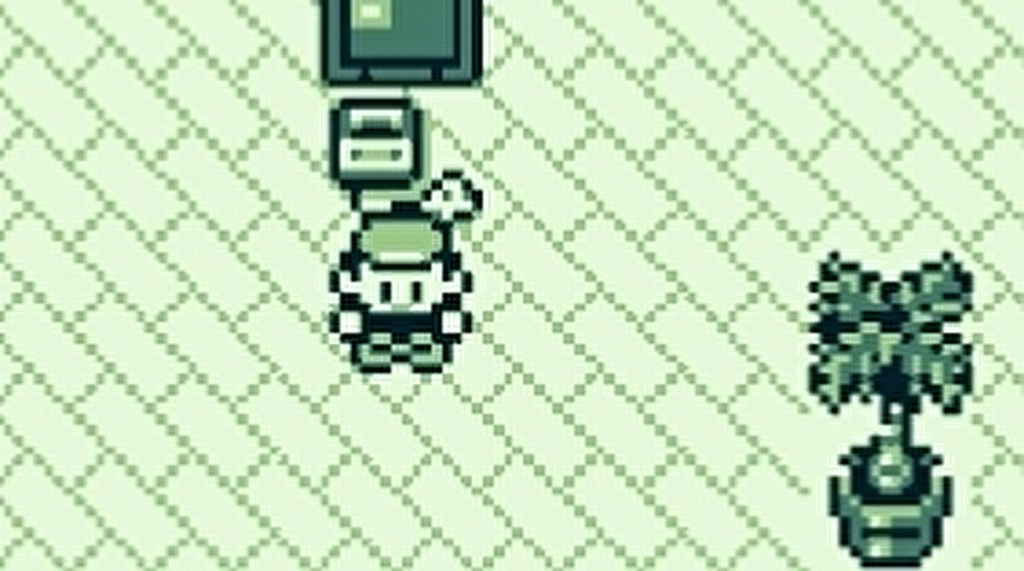
7. Pokémon Red/Blue/Yellow
The original Pokémon games might not look like much nowadays (they’re not even in color!), and they can feel downright simplistic compared to later games, but these titles still hold up remarkably well.
Collecting every last Pokémon, evolving and training them, and preparing to fight the Elite Four remains as addictive now as it was in 1998, and it’s easy to see how a billion-dollar franchise was built around those ideas. Pokémon Red, Blue, and Yellow remain master classes in the importance of gameplay over graphics.
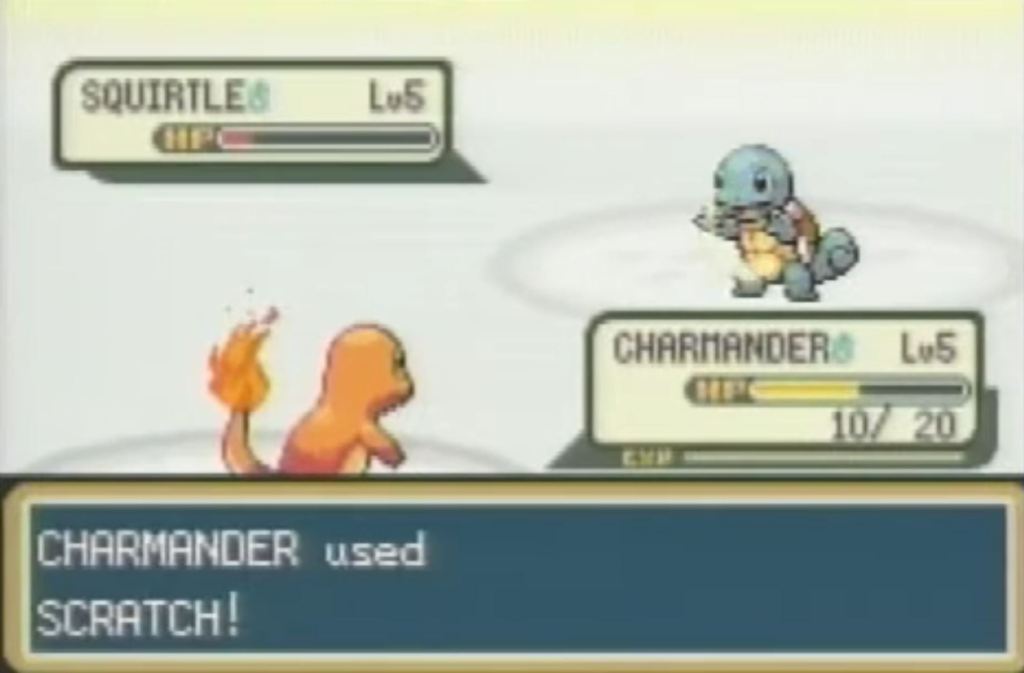
6. Pokémon FireRed and LeafGreen
The first remakes in the Pokémon franchise fixed one of the biggest issues with the original releases: the lack of color. Yes, everything here is finally in full, glorious color. Granted, the graphics are pretty dated now, but just that addition will make these games much easier to get through for those who have a hard time looking at the old Game Boy’s monochromatic display.
Beyond that, these are largely the same games as the originals, though additions from later games (like shinies and breeding) add some much-needed depth. The endgame even includes the opportunity to catch Pokémon from Gold and Silver, making this the ideal way to experience the first Pokémon games.
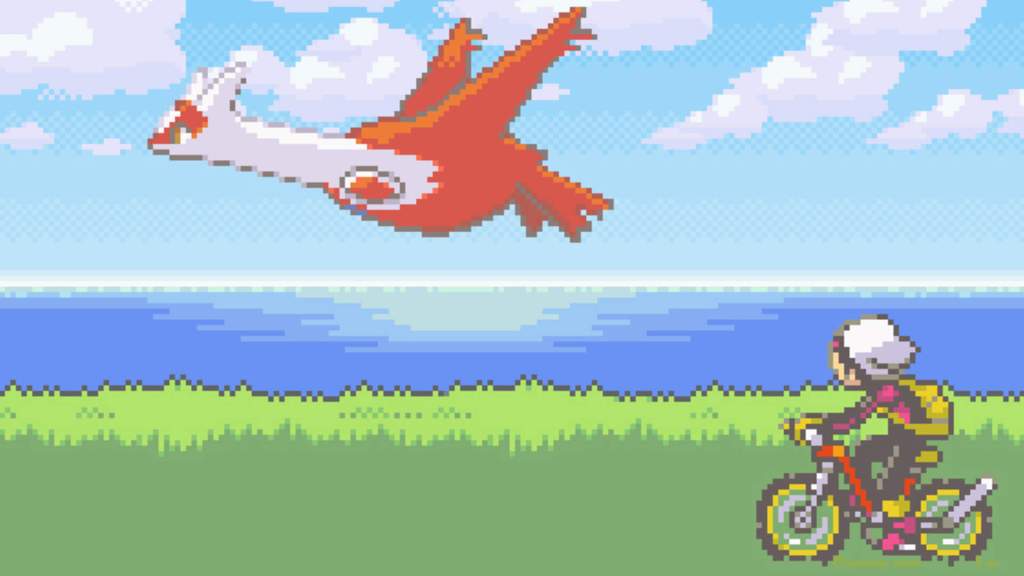
5. Pokémon Ruby/Sapphire/Emerald
The third generation of Pokémon holds a special place in a lot of gamer’s hearts. Most of the series tropes were well established in the first couple games, but Ruby and Sapphire (and later Emerald) felt like the first big next-gen upgrade for the series thanks to a giant leap forward in graphics and smart additions like doubles battles. The inclusion of natures, and the many different ways they affect stats, also provided new strategies the most hardcore Pokémon trainers to build their teams around.
Even now, the Hoenn region remains one of the best laid out and diverse maps in the series. Of course, there’s always room for improvement…
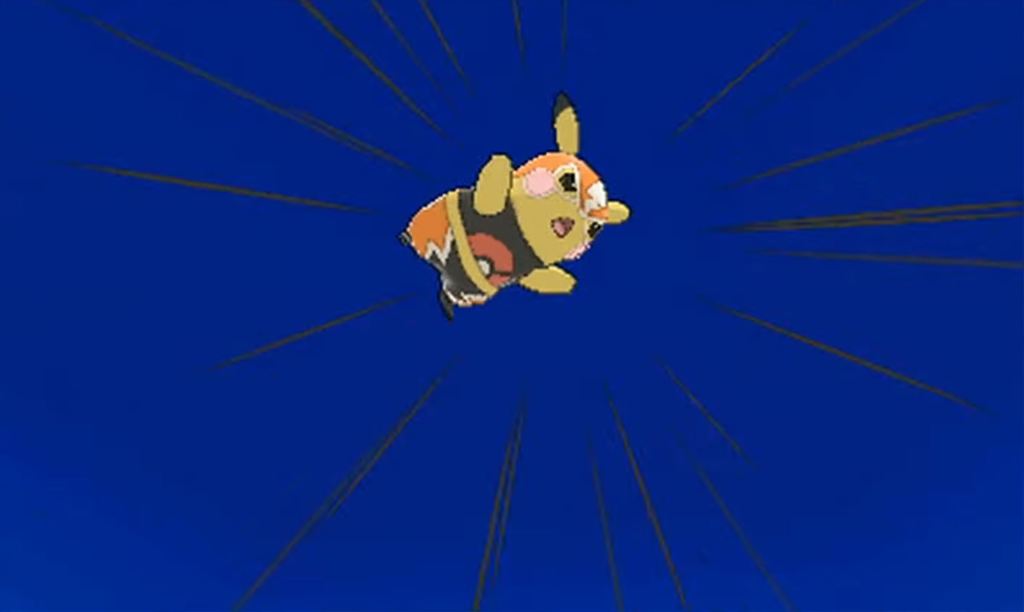
4. Pokémon Omega Ruby and Alpha Sapphire
The 3DS era was a bit of a rough one for the Pokémon franchise, but these remakes of the third-generation titles are still standout entries in the series. The bones of those beloved games are largely untouched, but the additions of a more streamlined story, and, of course, a giant graphical upgrade are much appreciated. Similarly, the additions of Mega Evolutions and Super Training from the then-recent 3DS games add a new layer of strategy, and once you’ve put the perfect team together, the Delta Episode endgame gives long-time fans yet another reason to dive back into these classics.
Really the only drawback is the lack of Battle Frontier from Emerald. A few fans might prefer the originals for that, but for most, it’s an easily forgiven omission.
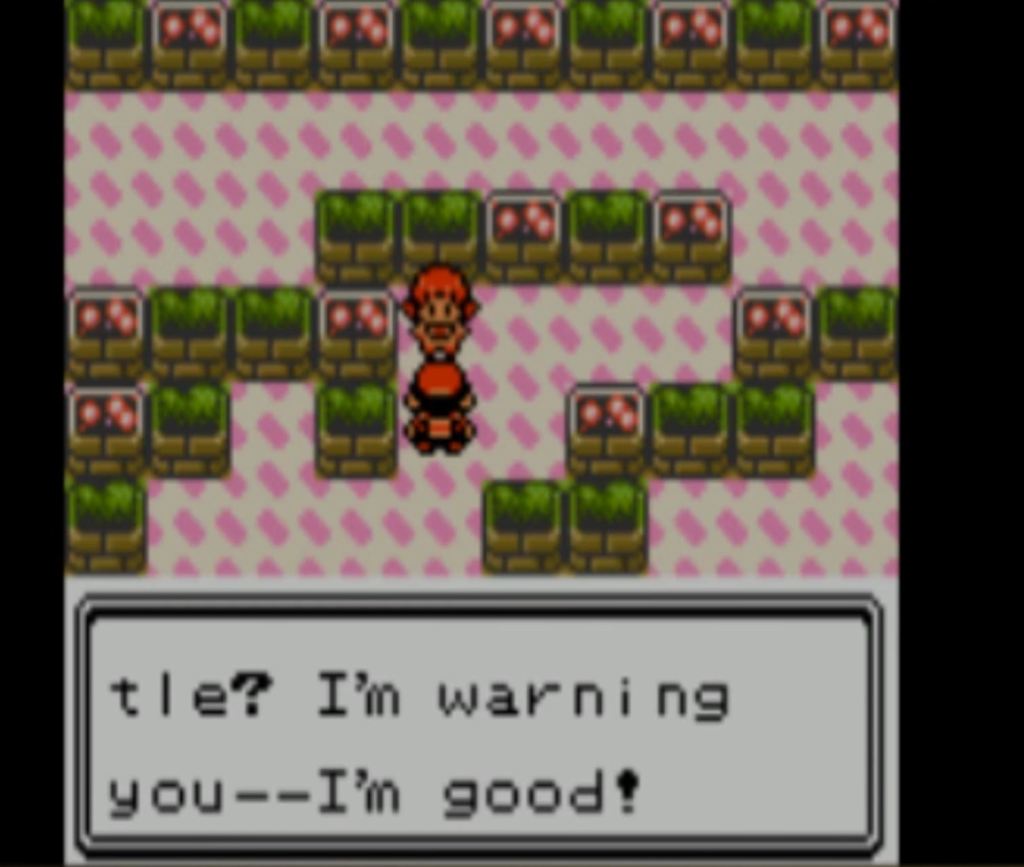
3. Pokémon Gold/Silver/Crystal
Pokémon was a massive success from the release of the very first games, but the second generation made it clear that this franchise wasn’t destined to be some mere ‘90s fad like Beanie Babies and JNCOs. While the core gameplay of the original games remained largely unchanged, Gold, Silver, and Crystal tweaked the formula with the introduction of breeding, and the revolutionary use of the GBA’s internal clock, which made some Pokémon only appear at certain times of day.
Even still, these games are perhaps best remembered for their fake out ending. Once you’ve defeated all of the gym leaders in Johto, it turns out the game is only halfway done. From there, you must head to the Kanto region from the first game and battle all of its gym leaders. The scope of this game makes it one of the longest, and most enjoyable, adventures in the franchise.
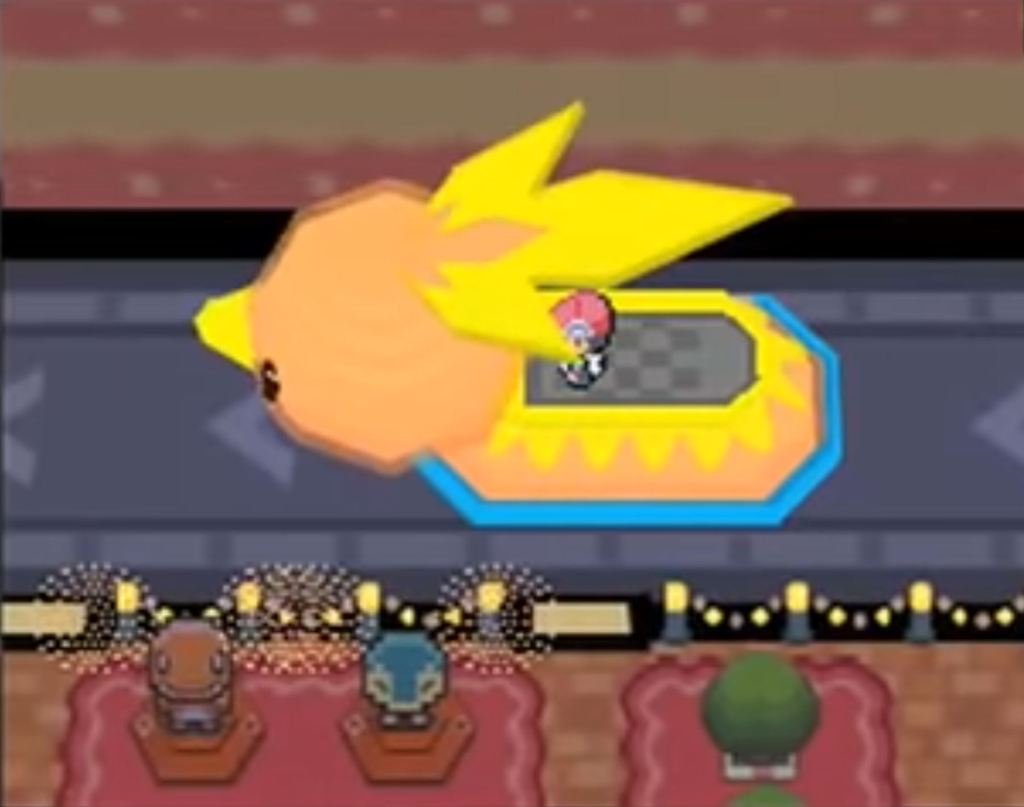
2. Pokémon Diamond/Pearl/Platinum
Pokémon’s debut on the DS was not as revolutionary as some of the other games on this list, but it does feature one incredible addition put it leagues above its predecessors: Wi-Fi. Trainers could finally trade and battle Pokémon from all over the world from the comfort of home without having to track down someone who actually had the monsters you needed and fiddling with unwieldly cables.
That feature alone was a literal game changer for catching ‘em all, but add in these games’ more refined combat, an expanded day-night cycle, and a story with the fate of the entire universe on the line, and you’ve got an incredible Pokémon adventure that just barely misses out on the top spot.
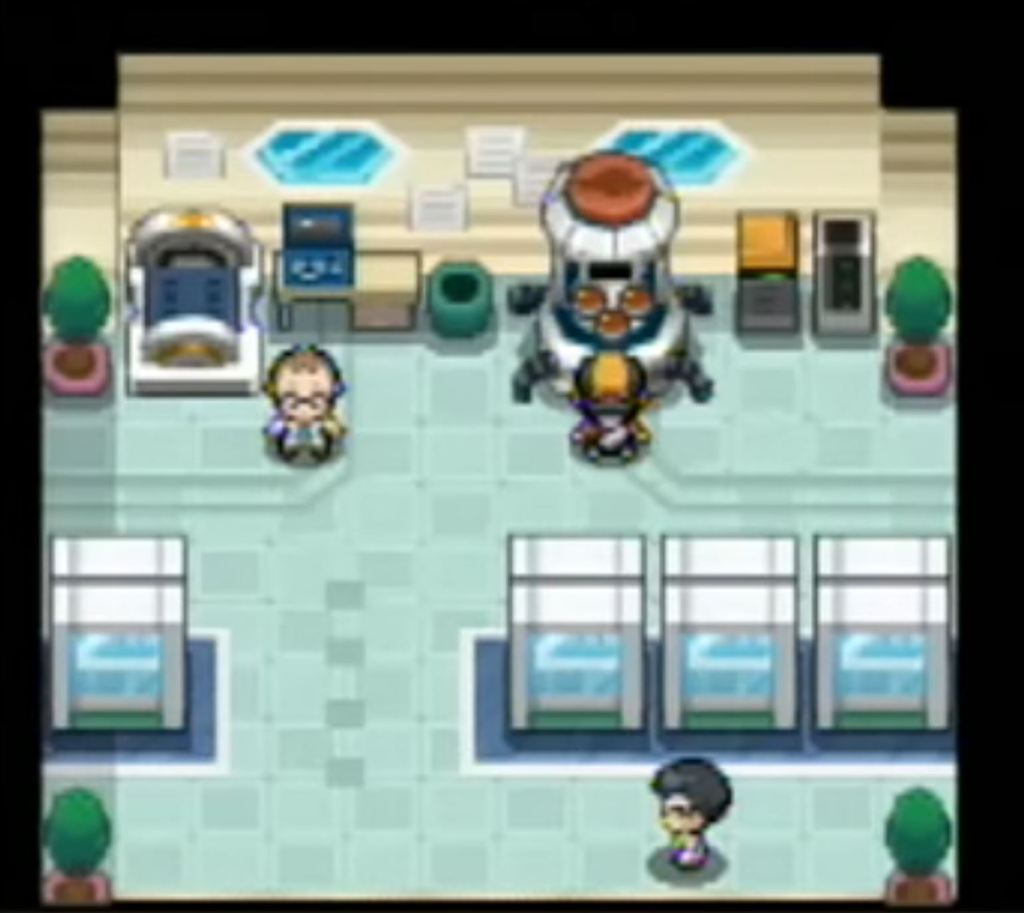
1. Pokémon HeartGold and SoulSilver
The massive quest, expanded Pokédex, and everything else that made the original Gold and Silver fan favorites returned in all their glory in these remakes released 10 years after the originals. Thanks to the DS hardware, those games enjoyed a significant facelift and played better than ever largely thanks to the addition of the improved mechanics of the fourth generation. Much as it was with Diamond and Pearl, online support completely changed collecting and battling for the better.
If all that wasn’t enough, the inclusion of the optional Pokéwalker gave trainers one more way to level up their Pokémon on the go. HeartGold and SoulSilver are remakes done right, incorporating the very best of the franchise’s old and new mechanics to create the definitive Pokémon game.
